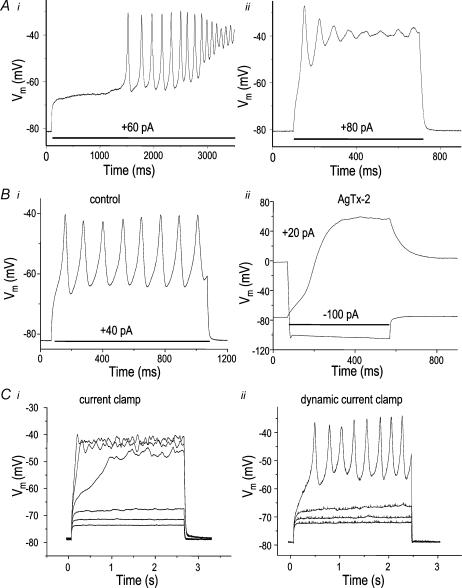Figure 7. Microglia can produce Vm oscillations that require Kv1.3 current.
A, conventional current-clamp recordings from an LPS-treated microglial cell that had large Kv1.3 and Kir currents, and an apparent resting potential of −82 mV i, Vm oscillations were elicited when a +60-pA current was injected for the duration of the recording. ii, injecting a larger current (+80 pA) elicited oscillations that were rapidly damped during the current injection (shown by the bar). B, under conventional current clamp, Vm oscillations are prevented by the Kv1.3-channel blocker, agitoxin-2. i, quasi-stable Vm oscillations were elicited by a depolarizing current (indicated by bar). ii after adding 1 nm agitoxin-2 to the bath, no Vm oscillations were elicited by depolarizing currents (+20 pA shown). Injection of −100 pA produced a rapid hyperpolarization of Vm. C, the dynamic current clamp can expose Vm oscillations in response to current injections. i, a conventional current clamp recording with a holding current of −40 pA, chosen to set the initial Vm to −85 mV. Currents were injected between −5 pA and +20 pA, in 5-pA steps. Note the inflection point at about −60 mV. ii, a dynamic current-clamp recording, wherein compensation for the seal resistance set the initial Vm to −85 mV. Depolarizing current steps from +50 to +65 pA in 5-pA increments show quasi-stable Vm oscillations and an inflection point at about −58 mV.

